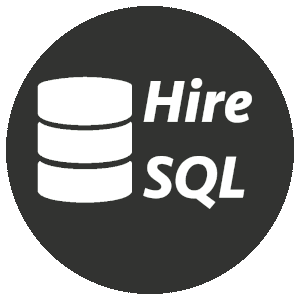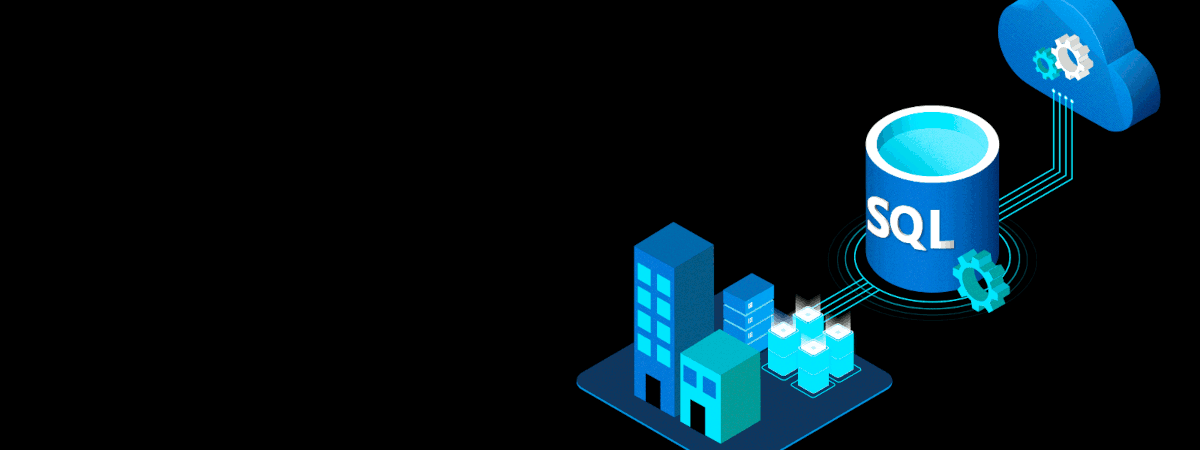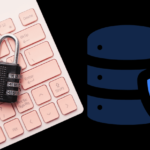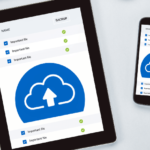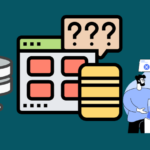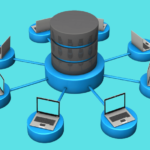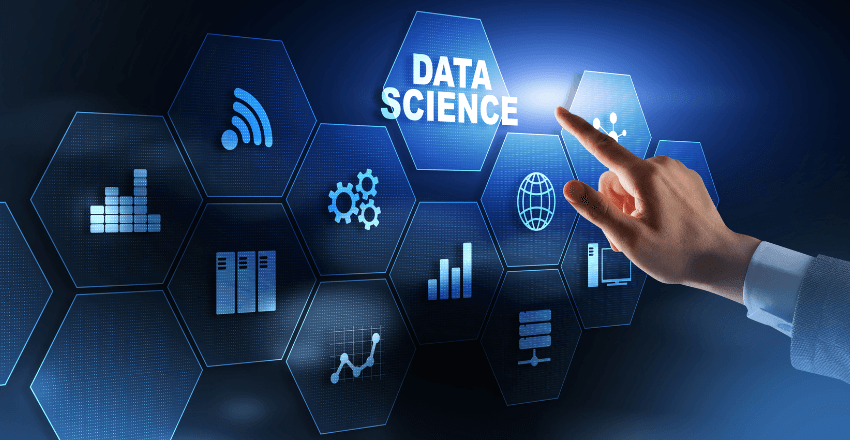
Data Science Tutorials to elevate your skill set. Learn predictive analytics, data mining, and data engineering from industry leaders.
Our beginner tutorials offer a simple introduction to data types and variables, statistical analysis, and visualization. We’ll provide you with everything you need to work with data effectively and start your data science journey with confidence.
Key Takeaways:
- Our tutorials offer a comprehensive introduction to data science basics.
- Our tutorials offer an opportunity to reinforce your knowledge in data science.
- Understanding data science is crucial to unlocking endless possibilities in your career.
- Our tutorials will equip you to work with data effectively and with confidence.
Why Learn Data Science?
Data science is a rapidly growing field that offers numerous career opportunities. In today’s digital age, data has become a critical component of decision-making processes across all industries. Learning data science can provide you with valuable insights that can be leveraged to make informed decisions.
By gaining proficiency in data science, you can elevate your career prospects, allowing you to take on roles such as data analyst, data scientist, and business analyst. Additionally, data science tutorial provides the fundamental knowledge required to work with data effectively.
Whether you are looking to start your career in data science or simply reinforce your data science basics, there’s no better time to start. Dedicated SQL Developers speaking English can assist you in learning data science in an efficient and effective way. With the right data science tutorial, you can unleash your potential and open up a world of possibilities.
Fundamentals of Data Science

Data science is a multidisciplinary field that uses scientific methods, processes, algorithms, and systems to extract knowledge and insights from structured and unstructured data. To succeed in this field, you need to understand the fundamentals of data science.
Let’s start with data types and variables. Before working with data, you need to identify the type of data you’re dealing with. Data types include numerical (integer, float, decimal), categorical (nominal, ordinal), and text (string). Variables are characteristics or attributes of a person, object, or event. They can be dependent or independent variables and play a critical role in data analysis.
Next, we’ll move on to the statistical analysis. Statistical analysis techniques enable data scientists to discover meaningful patterns and relationships within data. Some of the statistical techniques you’ll learn include descriptive statistics (mean, median, mode), inferential statistics (hypothesis testing, confidence intervals), and probability distributions (normal, binomial, Poisson).
Data visualization is a crucial component of data science. Visualization helps communicate insights and findings in a compelling manner. In data visualization, you’ll learn how to create visual representations of data, including bar charts, line graphs, heatmaps, and scatter plots.
Data cleaning is the process of identifying and correcting errors and inconsistencies in datasets. Preprocessing involves preparing data for analysis by standardizing, transforming, and reducing the data. For example, removing outliers, handling missing values, and normalizing features.
These are the foundational concepts you need to know to get started in data science. It’s essential to understand these concepts to work with data effectively and develop robust data-driven solutions. A HireSQL developer can help you master these concepts and apply them to your projects.
Example:
SELECT customer_id, SUM(amount) AS total_spent FROM purchases GROUP BY customer_id ORDER BY total_spent DESC;
Introduction to SQL for Data Science
Structured Query Language (SQL) is a popular language used to manage and manipulate relational databases. As a data scientist, understanding SQL is essential for working with structured data.
In this tutorial, we will cover the basics of SQL, including querying databases, retrieving and manipulating data, and performing essential data operations.
What is SQL?
SQL is a domain-specific language used to manage and manipulate relational databases. It is widely adopted by data professionals across various industries and plays a crucial role in data-driven decision-making processes.
SQL enables you to:
- Retrieve data from a single or multiple tables
- Filter, sort, and aggregate data
- Join tables to combine information
- Create and modify tables and views
- Perform data operations, such as insert, update, and delete
Basic SQL Syntax
The basic syntax for SQL statements follows a structure of:
SELECT column1, column2
FROM table
WHERE condition1 AND condition2
ORDER BY column ASC|DESC
Here’s a brief explanation of each keyword:
- SELECT: Specifies which columns to retrieve from the table
- FROM: Specifies the table to retrieve data from
- WHERE: Specifies the conditions to filter the data
- AND: Specifies additional conditions to filter the data
- ORDER BY: Specifies the column to sort the data by
SQL Code Example
Here’s an example of a SQL statement that retrieves data from a table:
| customer_id | first_name | last_name | |
|---|---|---|---|
| 1 | John | Doe | johndoe@email.com |
| 2 | Jane | Smith | janesmith@email.com |
To retrieve the first_name and last_name columns for all customers with an email address ending in “@email.com”, we can use the following SQL statement:
SELECT first_name, last_name FROM customers WHERE email LIKE '%@email.com'
This statement will return:
| first_name | last_name |
|---|---|
| John | Doe |
| Jane | Smith |
SQL is an essential tool for data scientists, and mastering it can provide a significant advantage in your career. Use these beginner tutorials to start learning SQL and take the first step in your data science journey.
Data Cleaning and Preprocessing

Before diving into data analysis, it is important to ensure that your data is accurate and consistent. Data cleaning and preprocessing is the process of identifying and correcting errors, inconsistencies, and incomplete or irrelevant data in your dataset. This improves the quality of your data, making it more reliable and useful for analysis.
Some common techniques used for data cleaning and preprocessing include:
- Handling missing values by imputing or removing them
- Removing duplicated data
- Dealing with outliers
- Standardizing your data to eliminate differences in scale and units
SQL can be a powerful tool for data cleaning, as it allows you to perform complex data manipulations quickly and efficiently. For example, to remove duplicate rows from a table, you can use the following SQL code:
DELETE FROM table_name WHERE column_name NOT IN (SELECT MIN(column_name) FROM table_name GROUP BY duplicate_column_name);
By mastering data cleaning and preprocessing techniques, you can ensure that your data is accurate and reliable, providing a solid foundation for your data analysis.
Exploratory Data Analysis
In the world of data science, Exploratory Data Analysis (EDA) is a crucial step in understanding your data and extracting insights. EDA helps you identify patterns, trends, and relationships within your data that may not be immediately apparent. By visualizing and summarizing data, you can gain insight into the distribution of values, identify outliers, and detect missing values.
One of the most common techniques used in EDA is visualization. Visualization provides an intuitive way to explore data and extract insights quickly. Histograms are a popular tool for visualizing the distribution of values in a dataset. Boxplots can also provide an excellent summary of a dataset, showing the distribution of quartiles (the median split into four equal parts) and identifying any extreme values that may be present.
Beyond visualization, EDA involves calculating descriptive statistics such as the mean, median, and standard deviation to understand the central tendency and variability of your data. Correlation analysis is another powerful tool used in EDA to identify the strength and direction of relationships between variables.
Whether you are working with structured or unstructured data, EDA is a critical process for extracting insights that can inform decision-making. By combining statistical analysis with visualization, you can uncover hidden patterns and relationships that can provide valuable insights.
If you are looking for resources to learn more about EDA and its techniques, consider checking out the HireSQL website. They offer a variety of data science tutorials, including beginner tutorials on EDA and data science basics. Additionally, if you are looking for an SQL code example to help illustrate EDA, HireSQL’s dedicated SQL developers can provide guidance and support.
Machine Learning Basics

Machine Learning (ML) algorithms are the backbone of data science. As a beginner in data science, getting to grips with ML basics is essential to putting your skills into practice. ML is essentially a method by which machines can learn from data and improve their performance without explicit instructions. There are two types of ML algorithms: supervised and unsupervised learning, which we’ll discuss next.
Supervised Learning
Supervised learning is the process of training a machine learning model using labeled data. In this type of ML, the algorithm is given input data and the corresponding output. The goal is for the algorithm to learn to map inputs to outputs accurately. A common example of supervised learning is image recognition, where the algorithm learns to recognize images by being trained on a dataset of labeled images.
Unsupervised Learning
Unsupervised learning is when the machine is given unlabeled data and tasked with finding patterns and relationships on its own. The algorithm learns to identify the underlying structure of the data by creating groups based on similarities. This type of ML is used to segment data, find outliers, and identify patterns in data sets.
When using ML algorithms, it’s important to split the data into a training set and a test set, to ensure the model is accurate and not overfitting. Overfitting can occur when a model learns from noise in the data as opposed to the underlying structure, leading to poor performance on new data. There are several techniques to evaluate the performance of ML models, such as classification accuracy, precision, recall, and F1 score.
Having a basic understanding of machine learning is crucial in today’s data-driven world. As you continue your data science journey, you’ll encounter more advanced ML topics, such as neural networks and deep learning. With the right data science tutorial and dedicated practice, you’ll be well on your way to becoming a skilled data scientist in no time. If you are looking for SQL developers who can help you with machine learning, HireSQL’s dedicated developers are a good choice. They have the expertise you need to develop and implement an effective machine learning strategy.
Data Visualization Techniques
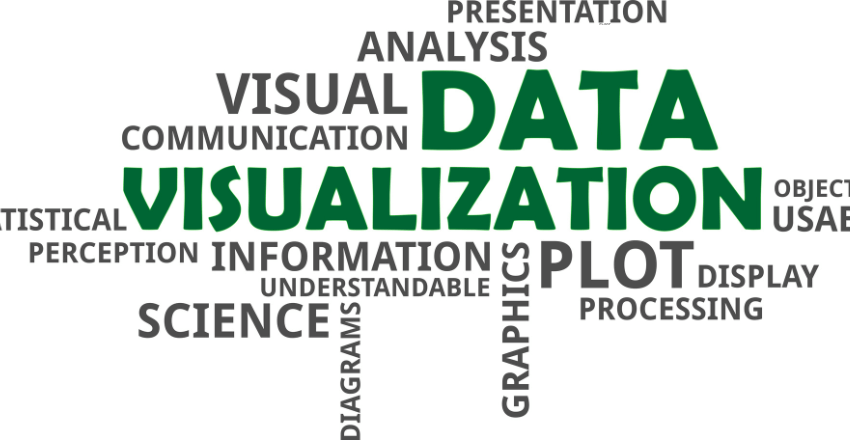
One of the most critical skills in data science is the ability to communicate insights effectively. Data visualization techniques enable you to create visual representations of your data that are easily understandable and help you make informed decisions. In this section, we will explore some of the most popular data visualization techniques used in data science.
Bar Charts
Bar charts are a classic and straightforward way of representing data. They display categorical data with rectangular bars proportional to the values they represent. They are ideal for comparing values between different categories.
| Month | Sales |
|---|---|
| January | 5000 |
| February | 8000 |
| March | 12000 |
Example of a bar chart: Sales by Month
Line Graphs
Line graphs are used to display data trends over time. They are helpful in showing how a specific variable changes over time. They are composed of a series of data points connected by a line.
| Year | Revenue |
|---|---|
| 2016 | 100000 |
| 2017 | 120000 |
| 2018 | 150000 |
Example of a line graph: Revenue by Year
Heatmaps
Heatmaps are graphical representations of data that use color-coded cells to depict values. They are ideal for presenting large datasets and identifying patterns or outliers easily.
| Feature 1 | Feature 2 | Feature 3 | |
|---|---|---|---|
| Data Point 1 | 0.2 | 0.5 | 0.8 |
| Data Point 2 | 0.1 | 0.3 | 0.9 |
| Data Point 3 | 0.4 | 0.6 | 0.2 |
Example of a heatmap: Feature Values by Data Points
Pie Charts
Pie charts are used to show how different parts make up a whole. They are ideal for displaying proportions or percentages. Each slice of the pie represents a portion of the total value.
| Percentage | |
|---|---|
| Category A | 25% |
| Category B | 50% |
| Category C | 25% |
Example of a pie chart: Percentage of Categories
By mastering these visualization techniques, you can effectively communicate your insights and findings to others.
Next Steps in Your Data Science Journey
Congratulations on completing these data science tutorials! By now, you should have a solid foundation in the basics of data science and be equipped with various techniques and tools to work with data. However, your journey in data science does not have to stop here.
There are many more resources available online to enhance your skills and knowledge. For example, you can enroll in advanced data science courses or participate in online communities to stay updated on industry trends and best practices.
Additional resources for Beginner Tutorials
If you are looking for more beginner tutorials, we recommend checking out the following resources:
- Data Science Fundamentals – This comprehensive course covers all the basics of data science, including data cleaning, visualization, and machine learning.
- DataQuest – This interactive online platform offers a range of data science courses, from beginner to advanced levels.
- Kaggle – This platform is a hub for data science competitions and offers a wealth of resources for beginners, including tutorials and forums.
By diversifying your learning and staying updated on the latest industry trends, you can take your data science expertise to new heights. And if you need any assistance with SQL development, don’t hesitate to contact HireSQL – our dedicated team of English-speaking developers is always ready to help!
FAQ

Q: What are data science tutorials?
A: Data science tutorials are educational resources that provide step-by-step instructions and guidance on various data science topics. These tutorials aim to help beginners understand the fundamentals of data science and gain practical skills in working with data.
Q: Who can benefit from data science tutorials?
A: Data science tutorials are beneficial for anyone interested in learning about data science, including beginners, students, professionals looking to switch careers, and individuals who want to enhance their data analysis skills.
Q: How can data science tutorials help in my career?
A: Data science tutorials can help advance your career by equipping you with valuable skills and knowledge in data analysis, data manipulation, and machine learning. These skills are in high demand across various industries, presenting numerous career opportunities.
Q: Are data science tutorials suitable for beginners?
A: Yes, data science tutorials are designed to cater to beginners. They often start with the basics and gradually progress to more advanced concepts. This ensures that individuals with no prior experience in data science can follow along and build a strong foundation.
Q: How long does it take to complete data science tutorials?
A: The duration to complete data science tutorials varies depending on the complexity of the topics and the individual’s learning pace. Some tutorials can be completed in a few hours, while others may span several weeks or months.
